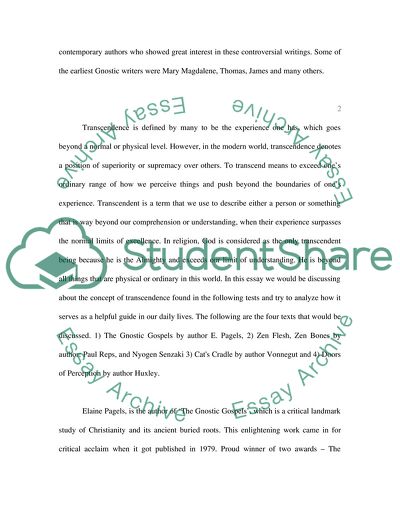Cite this document
(The Concept of Transcendence in Gnostic Texts and How It Serves as a Research Paper, n.d.)
The Concept of Transcendence in Gnostic Texts and How It Serves as a Research Paper. https://studentshare.org/literature/1812899-final
The Concept of Transcendence in Gnostic Texts and How It Serves as a Research Paper. https://studentshare.org/literature/1812899-final
(The Concept of Transcendence in Gnostic Texts and How It Serves As a Research Paper)
The Concept of Transcendence in Gnostic Texts and How It Serves As a Research Paper. https://studentshare.org/literature/1812899-final.
The Concept of Transcendence in Gnostic Texts and How It Serves As a Research Paper. https://studentshare.org/literature/1812899-final.
“The Concept of Transcendence in Gnostic Texts and How It Serves As a Research Paper”. https://studentshare.org/literature/1812899-final.


